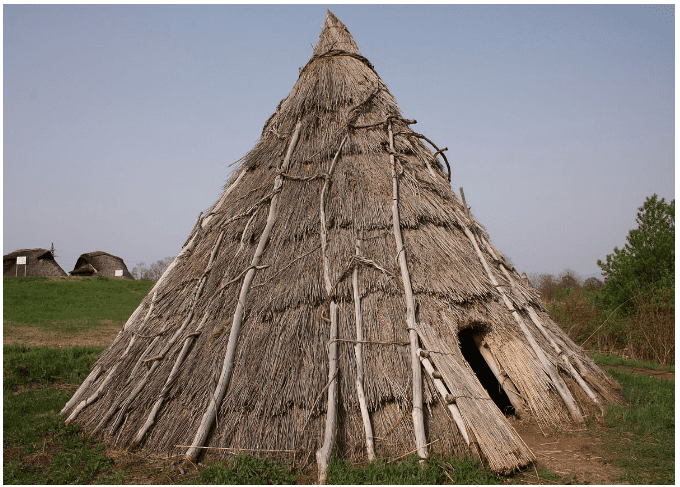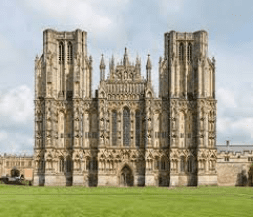The evolution of buildings has been a long and complex process that has been
shaped by many factors over time. Here is a brief overview of the major
milestones in the evolution of buildings:
1. Prehistoric shelters: The earliest forms of human shelters were simple
structures made from natural materials such as sticks, leaves, and animal
hides.


2. Ancient architecture: As human civilization developed, so did the
architecture of buildings. Ancient civilizations such as the Greeks,
Romans, and Egyptians built impressive structures using stone, brick, and
other materials


3. Gothic architecture: In the Middle Ages, Gothic architecture emerged as a
popular style, characterized by pointed arches, ribbed vaults, and large
stained-glass windows.


4. Renaissance architecture: The Renaissance brought about a revival of
classical styles, with buildings featuring symmetrical designs, domes, and
columns.


5. Industrial revolution: The Industrial Revolution brought about significant
changes in building materials and techniques. Steel, concrete, and glass
became common materials for building large structures such as
skyscrapers.
6. Modern architecture: In the early 20th century, modern architecture
emerged as a reaction to the ornate styles of the past. It emphasized
simplicity, functionality, and clean lines.


7. Contemporary architecture: Today, contemporary architecture continues
to evolve, with a focus on sustainable design, innovative use of materials,
and the integration of technology.


Overall, the evolution of buildings has been driven by a variety of factors,
including cultural, social, and technological changes. As human needs and
aspirations continue to evolve, so too will the architecture of our buildings.




